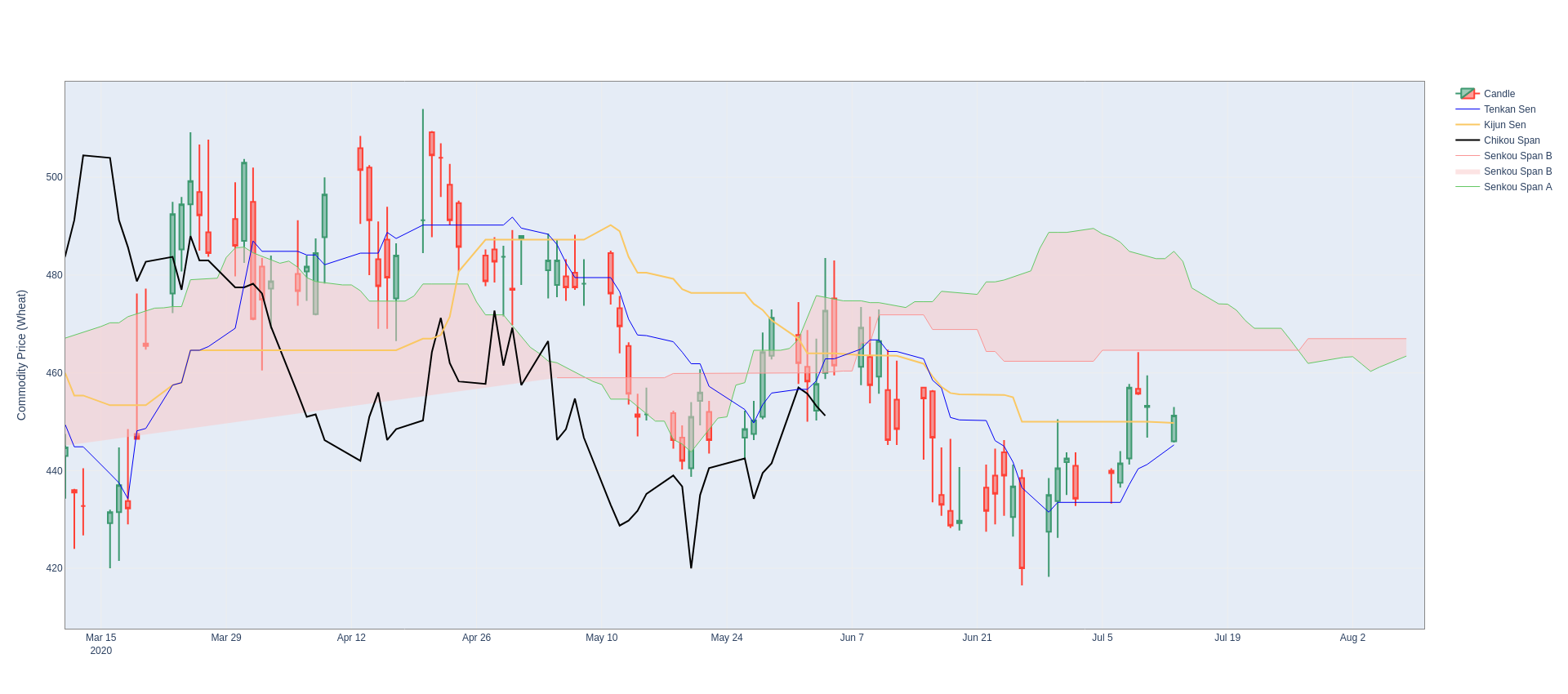Driver Registry. This page lists the drivers registered with the IVI Foundation. Information in this list is updated automatically; for concerns or corrections, contact the IVI Foundation.
An instrument driver, in the context of test and measurement (T&M) application development, is a set of software routines that simplifies remote instrument control. Instrument drivers are specified by the IVI Foundation[1] and define an I/O abstraction layer using the virtual instrument software architecture (VISA). The VISA hardware abstraction layer provides an interface-independent communication channel to T&M instruments. Furthermore, the instrument drivers encapsulate the Standard Commands for Programmable Instruments (SCPI) commands, which are an ASCII-based set of commands for reading and writing instrument settings and measurement data. This standard allows an abstract way of using various programming languages to program remote-control applications instead of using SCPI commands. An instrument driver usually has a well-defined API.
- VISA and VISA Tools History At the time, where GPIB was the main physical communication interface, remote control applications communicated directly with GPIB hardware drivers.
- Prolific Driver 3.2.0.0 recommended for Vista, Win7/8/10 3.2.0.0 exe 3.2.0.0 zip (32/64 bit) - XP: If you are using Win XP, the Prolific driver 2.0.2.1 will run with no issues. This driver for Win XP can be found here: 2.0.2.1.zip - MacOS The recommended Drivers and Info can be found at the bottom of this page.
- An instrument driver, in the context of test and measurement (T&M) application development, is a set of software routines that simplifies remote instrument control. Instrument drivers are specified by the IVI Foundation and define an I/O abstraction layer using the virtual instrument software architecture (VISA).
Standards[edit]
VXIplug&play instrument driver[edit]
The VXIplug&play Systems Alliance was founded in 1993[2] with the aim of unifying VXI hardware and software to achieve 'plug and play' interoperability for VXI and GPIB instruments. As part of the unifying process, VXIplug&play instrument drivers[3] were also defined.
IVI instrument drivers[edit]
When the IVI Foundation took over the Alliance in 2002, it defined a new generation of instrument drivers to replace the VXIplug&play standard. The IVI instrument driver specification intends to overcome the drawbacks of VXIplug&play. These IVI (Interchangeable Virtual Instrumentation) drivers[4] are currently defined in three different architectures:
- The IVI-COM driver architecture[5] is based on the Microsoft Component Object Model.
- The IVI-C drivers are based on C programming language shared components (shared libraries).
- The IVI.NET driver architecture was specified in 2010.[5][6] The IVI.NET drivers are based on the .NET framework.
Remote control of instrumentation[edit]

Visa Driver Wizard
Instrument drivers allow quicker development of remote-control applications for instrumentation. The drivers reduce the difficulty of string formatting when using SCPI commands by providing a well-defined API. The IVI and VXIplug&play Instrument Drivers use the VISA as the hardware abstraction layer so that hardware-independent applications can be developed.
I/O hardware abstraction layer VISA[edit]
The VISA library allows test and measurement equipment to be connected through various hardware interfaces. The following interfaces are available:
- GPIB/IEEE-488
- VXI-11[7] (over TCP/IP)
- USB488/USBTMC (USB Test & Measurement), USB Test & Measurement Class Specification[8]
- HiSLIP[9] (over TCP/IP).
LXI[edit]
The LAN eXtensions for Instrumentation (LXI) standard defines the communications protocols for controlling test and measurement systems using Ethernet. The standard requires vendors to offer IVI compliant instrument drivers.
See also[edit]
References[edit]
Visum Driver Online
- ^'IVI Foundation Specifications'. IVI Foundation.
- ^'VXIplug&play Alliance'. IVI Foundation.
- ^'VPP-3.1: Instrument Drivers Architecture an Design Specification'(PDF). IVI Foundation.
- ^'IVI Driver Specifications'. IVI Foundation.
- ^ ab'IVI-3.1: Driver Architecture Specification'(PDF). IVI Foundation.
- ^'IVI-3.18: IVI.NET Utility Classes and Interfaces Specification'(PDF). IVI Foundation.
- ^'VXI-11 Bus Specification'. VXI Bus Consortium.
- ^'USB Test & Measurement Class Specification'. USB Implementers Forum Inc. Archived from the original on 2010-03-26.
- ^'IVI-6.1: High-Speed LAN Instrument Protocol (HiSLIP)'(PDF). IVI Foundation.
External links[edit]

Visum®, LLC is the developer and distributor of FocalPoint Software®, a Windows-based rental software solution designed to handle all of your day-to-day rental operations. Visum was founded in 2004 by Duane Erlandson and Guy Reierson, who have over 50 years of combined experience in rental operations, management, and software development.
Our Experience, Your Gain
With all of our rental industry experience, Visum offers the best class rental sofware solution for the homeowner, contractor and special event industries. FocalPoint offers single or multi-store capabilities. Standard features include robust contract, reservation, and quote functionality, with fully integrated Accounts Receivable, Purchase Order, extensive reporting and Service/Maintenance modules. Enhanced features include equipment image storing, e-mailing, driver’s license scanning, signature capture, mobile phone editions, third-party accounting integration, website interface and more! This is all available at one affordable price.
Built on a Solid Foundation
FocalPoint Software is built upon a Microsoft SQL database engine, compatible with Windows 7 Pro, Windows 8 Pro and Windows Small Business Server operating systems. Using SQL enables FocalPoint to grow with your business.
Our Promise
We continuously improve FocalPoint Software based on customer feedback and industry innovations. And still, we maintain our focus on ease of use and affordability, two software qualities critical to the rental industry. We continue to concentrate on customer satisfaction by interacting, listening, being flexible, hosting webinars and keeping communication strong and open within Visum.
To learn more, or to schedule an on-site demonstration, please contact us.
